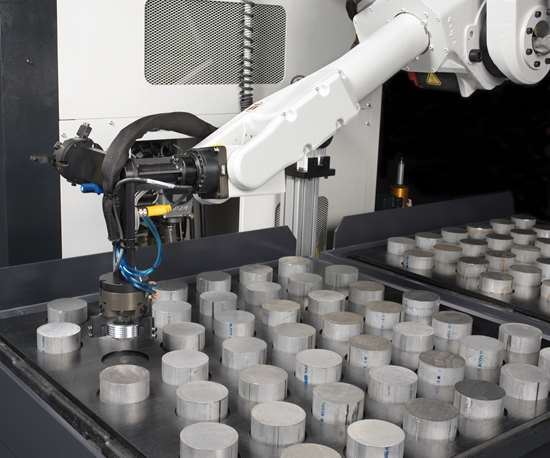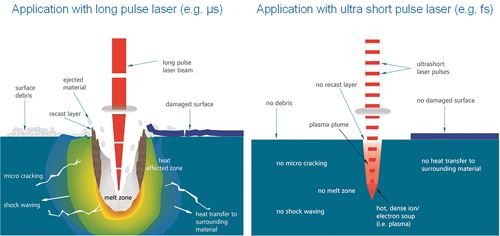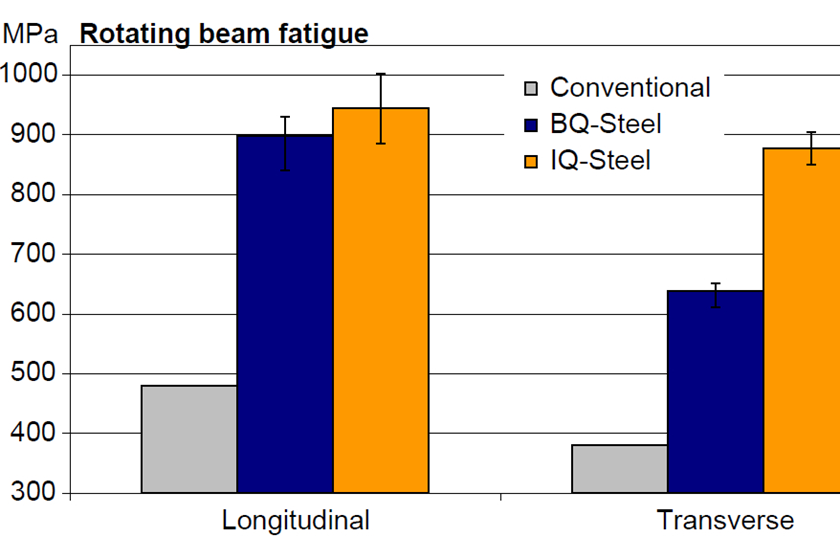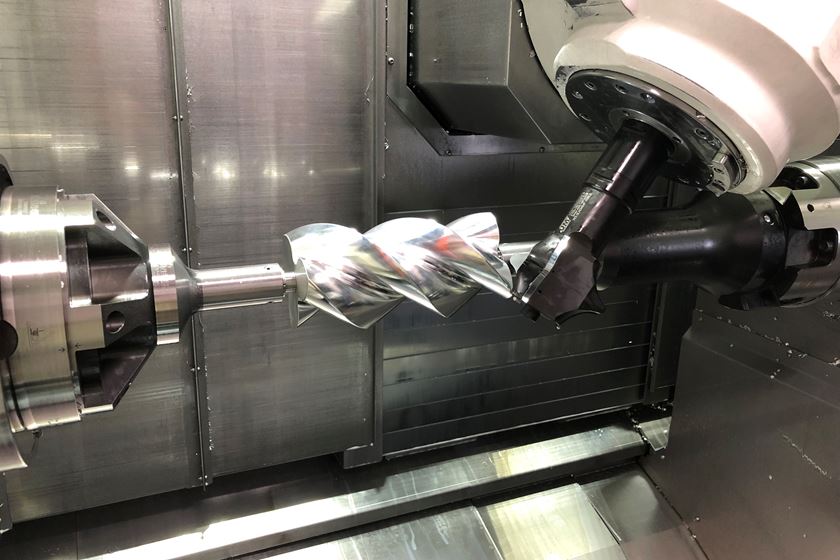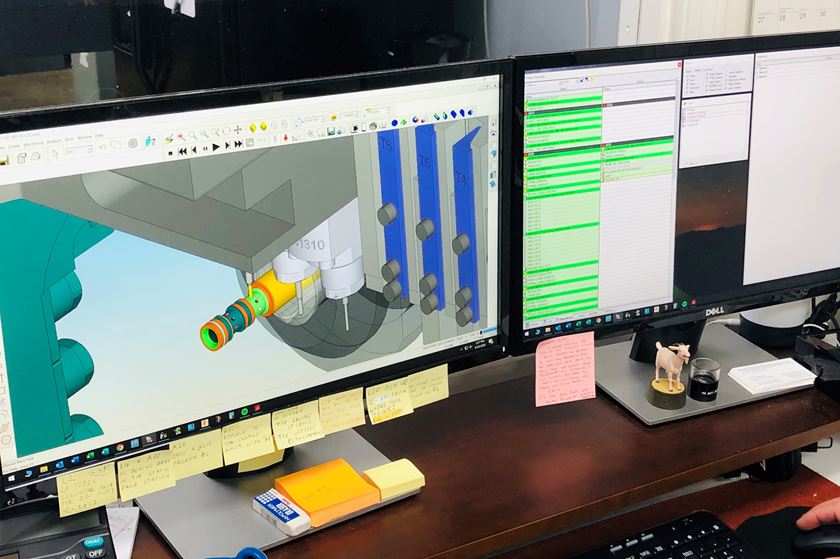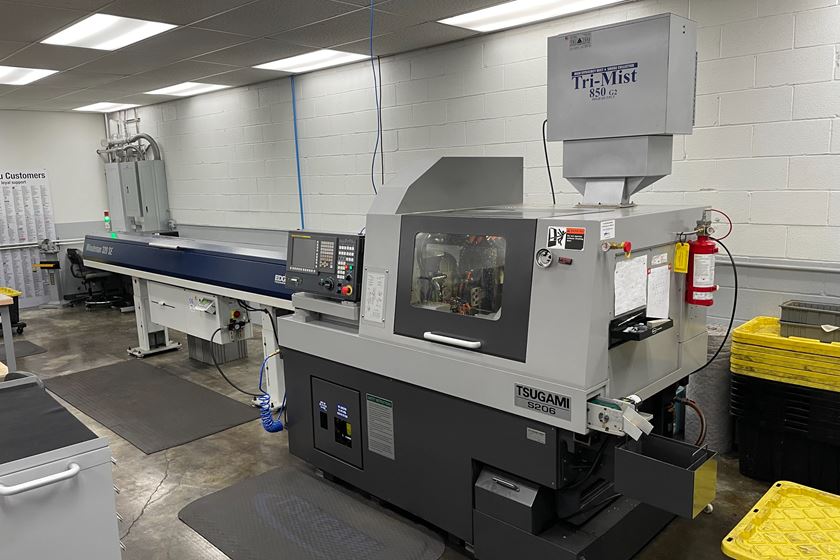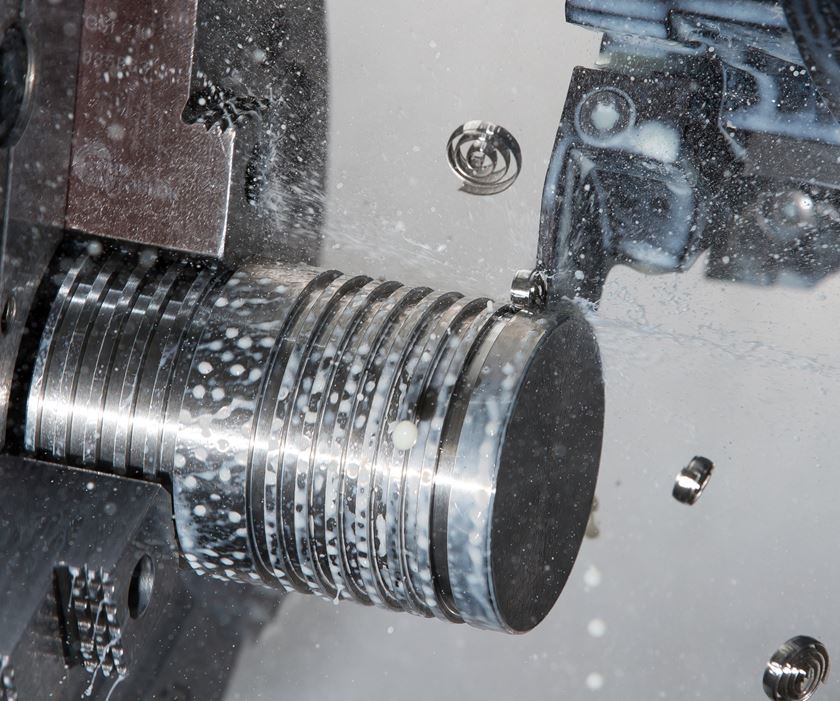The Advantage of Good Accessibility
这是大约15年工业上的主题rial parts cleaning crossed my way. During this time the cleaning of machined parts has shifted from a necessary evil to an added value factor. It is difficult to think of another process in the manufacturing chain that has seen such a meteoric rise.
Turning, milling, drilling, grinding and other machining processes are not possible without leaving traces behind on the workpieces’ surface. Years ago, contaminations such as cutting fluid residue, swarf, friction and polishing paste left on the parts were more a matter of esthetic appeal than a technical issue. Nowadays, these residues usually cause problems in downstream processes such as heating treatment, welding, coating or assembly, and they also may affect function and lifespan of finished products. So, cleanliness has become a quality criterion, in particular, when it comes to precision parts.
Thus, manufacturers are faced with constantly increasing cleanliness requirements, and as yet, there is no end in sight. Accordingly, costs for cleaning have risen and can—depending on the part geometry and the demanded cleanliness—reach up to 25 percent of the part production costs. Also considering rising cost pressure in many areas of manufacturing, it’s quite a challenge. To master it, companies from small CNC machine shops to production facilities of big corporations are looking for solutions for reliable, fast and efficient cleaning. When investing in a new cleaning process, much attention is usually spent finding the appropriate cleaning equipment and agent.
Regardless of whether the cleaning is done in a solvent or aqueous process, there is one component which is often not much considered and its effect is underestimated: the cleaning basket. No matter whether the parts are cleaned in bulk or stacked, it influences the quality, duration and energy consumption of the cleaning process. The container is also often the reason why the potential of a carefully chosen cleaning machine cannot be fully used. A good example is the still frequently used baskets made of galvanized perforated metal sheets for bulk cleaning of machined parts. They tend to block off the parts in the container, so the cleaning agent cannot reach all parts completely. Likewise, ultrasonic waves are reflected off the basket without being able to develop their potential, or the spray pressure can’t even get as far as the inside of the perforated metal sheet basket. The result is long cycle times with inadequate cleanliness and additional labor and reduced productivity.
As this example demonstrates, one important question for employing cleaning containers is: Does the basket or workpiece holder provide good accessibility for the cleaning agent and the washing mechanism for all parts to be cleaned. The answer is yes for containers made of round wire. The cleaning agent and washing mechanisms, as well as rinsing fluids, can reach through the wire structure freely and from all sides. This not only allows for reliable and fast removal of film-like contamination and particulates, but also for washing out the residues of the container efficiently. Because of the better draining characteristics, less contamination and fluid is carried over, for example, from cleaning to rinsing steps or into drying processes. There, the even, all-side accessibility enables faster and more efficient drying. Another advantage provided by the wire structure is that there are no closed edges and corners where cleaned-off particulates and other dirt can accumulate and later on re-contaminate cleaned parts. Considering such small details will increase the lifespan of the agent and can even reduce cycle time. And that translates directly into higher productivity and cost savings.
When it comes to cleaning stacked parts, another question should be considered: Can the parts be positioned in the workpiece holder so that critical areas such as holes and recesses can be treated sufficiently? For such cases, workpiece holders are usually designed specifically to the part, which is expensive. To reduce these costs, it is possible to design part-specific insets that can be used in combination with standard baskets or frames.
Significant savings can be achieved by considering upstream and downstream processes at an early stage, in terms of workpiece handling and logistics. The aim is the prevention of manually transferring parts from cleaning into transport baskets or vice versa. These handling processes are time-consuming, labor intensive and costly. Furthermore, there is the risk of re-contaminating or damaging the components during handling.
A deep look into the basket often unfolds a potential for more efficient processes and reduced cleaning cost per part.
RELATED CONTENT
Cleanliness is Indicative of Quality
Outward appearance is often considered a strong indication of what can be expected of the final product. That’s why this shop goes the extra mile to look good in all areas of its business.
Selecting Solvents for Precision Cleaning
Stringent standards on precision cleaning ensure reliable and trouble-free performance in the final product.
Cleaning Parts Cost Effectively
A shop should look at all aspects of the production process to maximize productivity. This includes selecting an efficient cleaning system.






